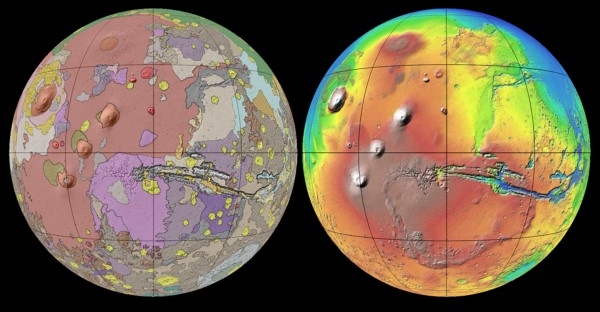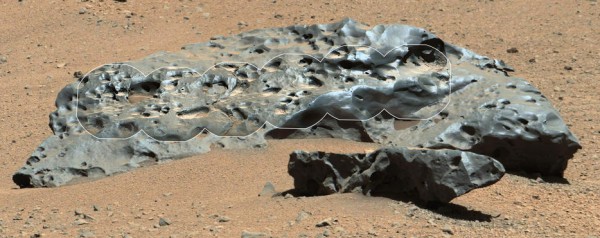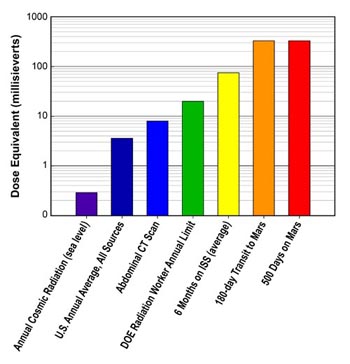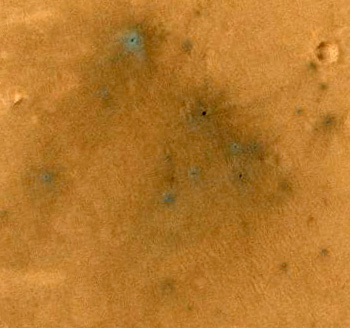Curiosity retreats from Hidden Valley
Finding its sandy floor slipperier than expected, engineers have backed Curiosity out of Hidden Valley to drill some holes while they reassess the rover’s route.
The rover’s wheels slipped more in Hidden Valley’s sand than the team had expected based on experience with one of the mission’s test rovers driven on sand dunes in California. The valley is about the length of a football field and does not offer any navigable exits other than at the northeastern and southwestern ends. “We need to gain a better understanding of the interaction between the wheels and Martian sand ripples, and Hidden Valley is not a good location for experimenting,” said Curiosity Project Manager Jim Erickson of JPL. …
Curiosity reversed course and drove out of Hidden Valley northeastward. On the way toward gaining a good viewpoint to assess a possible alternative route north of the valley, it passed over the pale paving stones on the ramp again. Where a rover wheel cracked one of the rocks, it exposed bright interior material, possibly from mineral veins.
More and more, the journey to Mount Sharp appears to be increasingly adventurous for the rover.
Finding its sandy floor slipperier than expected, engineers have backed Curiosity out of Hidden Valley to drill some holes while they reassess the rover’s route.
The rover’s wheels slipped more in Hidden Valley’s sand than the team had expected based on experience with one of the mission’s test rovers driven on sand dunes in California. The valley is about the length of a football field and does not offer any navigable exits other than at the northeastern and southwestern ends. “We need to gain a better understanding of the interaction between the wheels and Martian sand ripples, and Hidden Valley is not a good location for experimenting,” said Curiosity Project Manager Jim Erickson of JPL. …
Curiosity reversed course and drove out of Hidden Valley northeastward. On the way toward gaining a good viewpoint to assess a possible alternative route north of the valley, it passed over the pale paving stones on the ramp again. Where a rover wheel cracked one of the rocks, it exposed bright interior material, possibly from mineral veins.
More and more, the journey to Mount Sharp appears to be increasingly adventurous for the rover.




